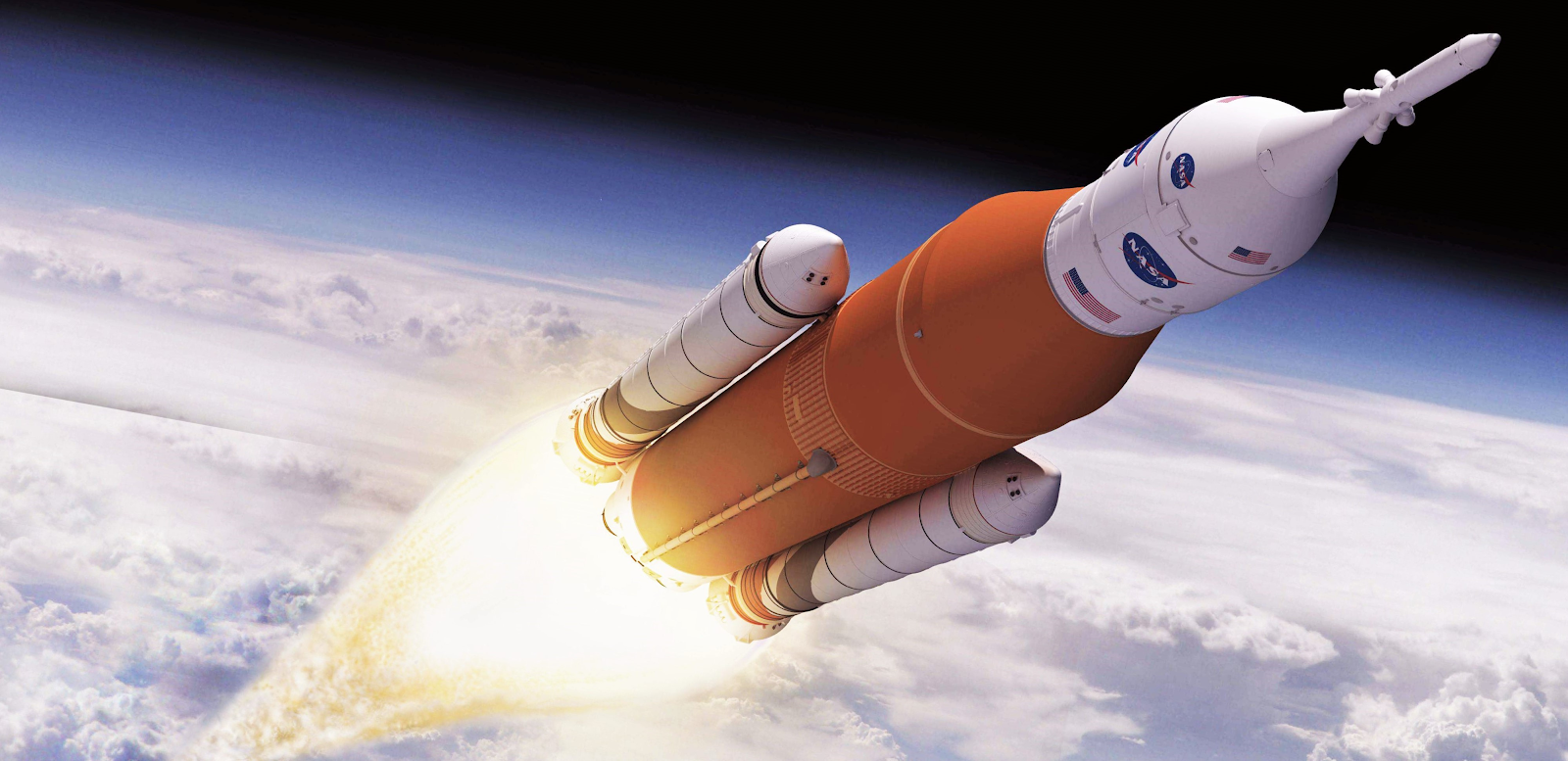'All robotic exploration is a human-robotic partnership. How do we amplify the science in this human-robotic partnership?' is the question about the human-robot interaction in space missions. Well, the fact is that the Artemis mission will bring NASA and its partners more data about robot-human cooperation. And the use of robots in scientific and other types of missions requires the ability to cooperate without borders.
The synergy of robot-human cooperation in Artemis mission cumulates the ideas and applications that robots can use. Or where humans, robots, dogs, and some other animals like monkeys or dolphins are working as a team in the deep oceans and jungles far away from civilization.
The more robots and their user interfaces are used, the more information they bring to the implementation of new ideas about robotics. In other words, when the amount of data accumulates. The research can create more, and more versatile applications by benefiting that growing amount of data.
Robots are tools that can send to places where humans or any other living organism can never go. Moon is an excellent place to test systems for more complicated Mars and other missions. Also, the same robots that are developed to assist humans on the moon can use in many other types of rescue, surveillance, and military operations on Earth.
The robots can patrol national parks even for months or years. And they can find out things that might risk human lives. Maybe someday robots can uncover secrets like the Bigfoots only myths? Or are they something else like North American big-size monkeys?
But when we are thinking about the explorations in the solar system robots could be excellent tools to research Venus and Mercury. Those planets are extremely hot. And they are also very interested in the extraordinary way. Venus can tell us why only Earth can host intelligent creatures. The planet Venus can also offer a place where the conditions are similar to what they were just before the first organisms, the ancestors of the first prokaryotes formed on Earth.
Those conditions can tell why the first RNA molecule formed on Earth and why that molecule started to create more and more advanced organisms that stores their genetic material in the form of DNA and forms organisms like birds and humans. The mystery is why this thing happened only on Earth. Robots can operate for months on that planet and collect samples. Those samples could rise to a high level in Venus' atmosphere and shoot to Earth by using a Pegasus-style rocket.
But also Mercury offers an interesting place for research things like antimatter engines. The antimatter can form effectively from the beta radiation. That hits a thin gold layer.
That gold layer changes the spin of those particles that are hitting that layer. That means they are turning to mirror particles. And then that antimatter will conduct to the reaction chamber where it annihilates with regular material. The surface of Mercury would be the perfect place for an antimatter factory. And that antimatter can use in satellites and probes that are operating in the entire solar system.
https://www.space.com/nasa-astronaut-human-robot-synergy-artemis-moon-missions
https://en.wikipedia.org/wiki/Synergy
Image:) http://better-magazine.com/nasas-artemis-moon-mission-hits-important-milestone-with-successful-full-scale-booster-test/





No comments:
Post a Comment
Note: Only a member of this blog may post a comment.